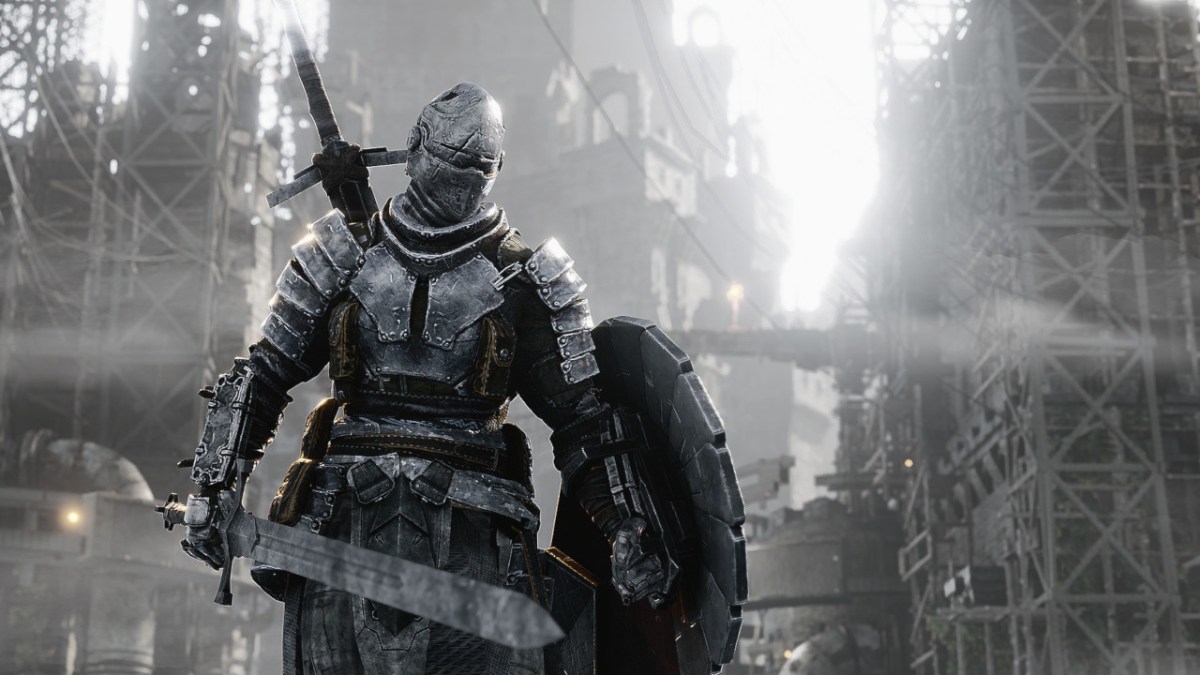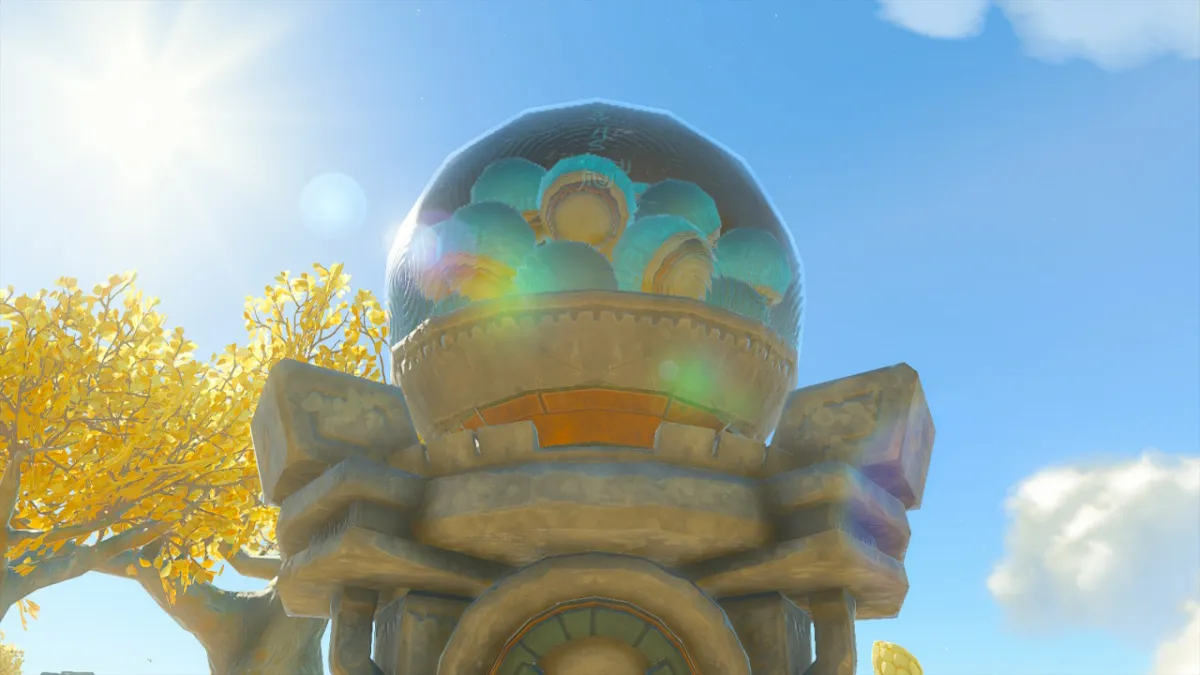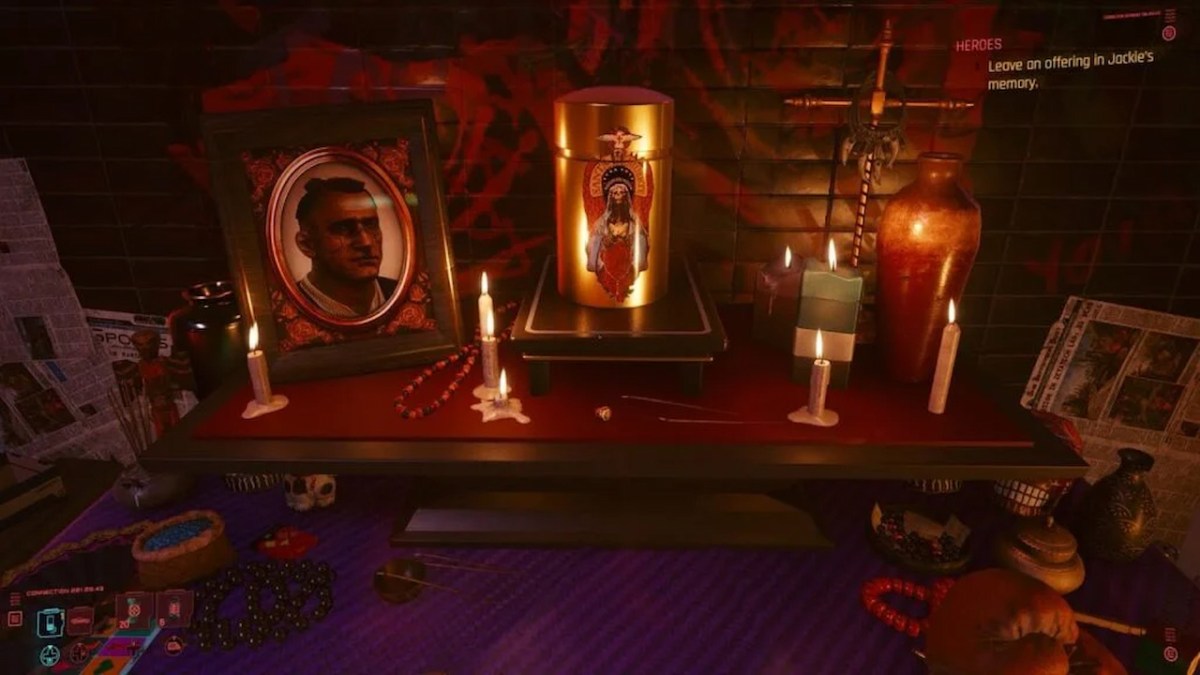Bleak Faith: Forsaken is sure to attract the attention of players looking for a new souls-like experience. Between its dark atmosphere, weighty combat, and powerful foes, fans of the genre will have plenty to look forward to. With these types of games becoming more popular than ever, there will likely be a massive influx of players joining on many different platforms. Those checking out the title on their computer would do well to know the PC requirements and best performance settings for Bleak Faith: Forsaken.
All PC Requirements and Recommendations for Bleak Faith: Forsaken
As described on the game’s Steam page, Bleak Faith’s requirements are shockingly affordable for many players. At minimum, you’ll need a computer that can run Windows 7 and DirectX 11. Windows 10 and DirectX 12 are recommended but unnecessary, making this title a far cry from other recent action games like Wild Hearts. You’ll also need around 20 GBs of space to download the game.
The hardware requirements are:
- Minimum CPU — Intel Core i3 6100 or AMD FX-6300 (or equivalent processor)
- Recommended — Intel Core i7 4700k or AMD Ryzen 5 1600
- Minimum RAM — 8 GB
- Recommended — 16 GB
- Minimum GPU — GeForce GTX 750 Ti or R7 265 (or equivalent processor)
- Recommended — GeForce GTX 1070 or RX VEGA 56
Simply put, you’ll have a much easier time running this game than most others. Outside of the generous requirements, the game is also fairly well-optimized, meaning you’ll run into few stutters or slowdowns on high settings.
Related: Elden Ring PC Performance and Best Settings Guide: Maximize FPS With These Settings
Best Bleak Faith: Forsaken PC Performance Settings
If you’re still having trouble getting the game to run, you can take advantage of the game’s options. These options are split into Video settings and Graphics settings. If you happen to fall in the lower end of hardware requirements, you’ll want to focus on the Video options of Dynamic Resolution and FPS most.
- Dynamic Resolution will change the game’s graphical quality on-the-fly, aiming for the best balance between performance and visual fidelity.
- Lowering FPS can help reduce stuttering at the cost of movements looking less smooth. This setting should only ever go as high as your monitor’s refresh rate. Setting this to 90 or lower might help improve overall gameplay, and you should make sure it’s at that level before changing other settings.
The graphics settings are fairly in-depth, allowing you to fine-tune them with at least five different levels of quality. You can even change them while in-game, making it easy to see the impact each setting has on your experience. Take advantage of every option you can and enjoy this title’s bleak atmosphere in full!












Published: Mar 10, 2023 04:59 am